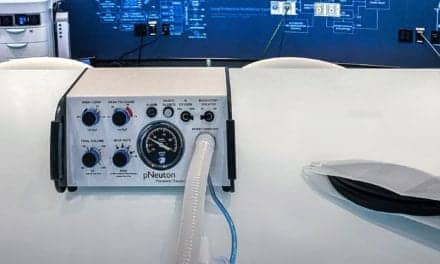Depressive symptoms and impaired physical function were common and long-lasting during the first 2 years following acute lung injury (ALI), according to a Johns Hopkins University School of Medicine [removed]study[/removed] published in the American Journal of Respiratory and Critical Care Medicine. The findings showed that depressive symptoms were an independent risk factor for impaired physical function.
The study included a total of 186 mechanically ventilated patients with ALI, with follow-up at 3, 6, 12, and 24 months following injury. Outcome measures included the Hospital Anxiety and Depression Scale (HADS), with a score ≥8 indicating depressive symptoms, and dependencies in instrument activities of daily living (IADLs), with ≥2 impairments indicating impaired physical function.
The cumulative 2-year incidence of depressive symptoms among the 147 patients without baseline depression was 40%, and the cumulative incidence of impaired physical function among the 112 patients without baseline impaired physical function was 66%. Incidence rates were highest at 3-month follow-up and declined thereafter. The modal (most common) durations were >21 months for each outcome.
In multivariable analyses, education ≤12 years was significantly associated with incident depressive symptoms, and depressive symptoms at last follow-up were significantly associated with incident impaired physical function.
The researchers concede that there were some limitations to the study. Depressive symptoms were measured using a self-report questionnaire, not psychiatric diagnoses. Baseline depression was identified from medical records, which may have led to some inaccuracy regarding patients’ baseline mood states. Lastly, the possible effects of treatment of depression or impaired physical function were not considered, and instances of depressive symptoms or impaired physical function that occurred but resolved may have been missed.
Still, the researchers contend that early identification and treatment of depressive symptoms should be evaluated as part of these patients’ comprehensive rehabilitation to determine if intervention would improve both mood states and physical functioning.
Source: American Thoracic Society









